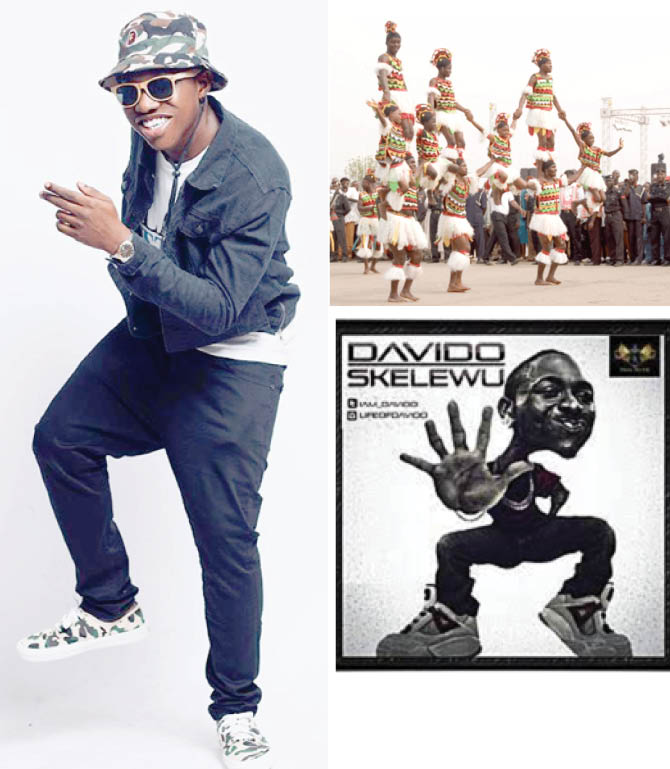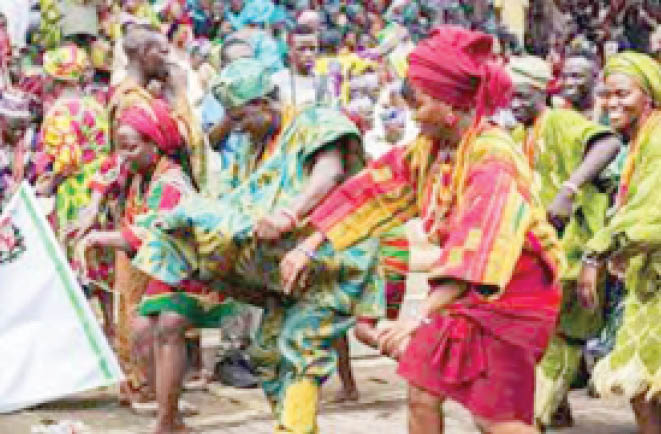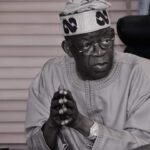From traditional tribal dances rooted in centuries-old customs to modern urban moves that reflect contemporary youth culture, Nigeria’s dance styles are a testament to the nation’s rich heritage and artistic innovation. In this weekend magazine feature, Daily Trust Saturday spotlights the dance styles that have originated from Nigeria.
Nigeria, the most populous country in Africa, has a rich and diverse cultural heritage that extends to its dance traditions. These dance styles are not just forms of artistic expression but also a reflection of the country’s history, culture, and vibrant spirit. A few of these dance styles are:
Koroso Dance: The Koroso dance is one of Nigeria’s most prominent traditional dances, and it is often associated with the people of Kano state. The word was taken from the rattle that is strung around the dancers’ legs. The particular leg accessories worn by the performers offer a distinct noise and sound to the music. The dancers also wear multi-coloured outfits, including beads, bracelets and anklets made of rattling beads known as ‘Koroso,’ from which the dance is named. The dance is accompanied by a “Sarewa” flute, which plays various traditional melodic notes that guide the dancers as they perform the dance, demonstrating their agility and strength.

Bata Dance: Hailing from the Yoruba ethnic group in southwestern Nigeria, the Bata dance is a vibrant and dynamic display of rhythm and coordination. Dancers wear ankle bells and move gracefully to the sounds of the Bata drums. The dance is often performed during religious ceremonies and festivals, symbolizing the connection between the earthly and spiritual realms.
Tinubu means well for Nigeria – Shettima
Insecurity: 12 killed, 139 abducted as robbers, kidnappers lay siege on FCT communities
Shaku-Shaku: The name “Shaku Shaku” is derived from the Yoruba word for shaking or trembling, which aptly describes the fast-paced movements of the dance. Although its origins is unclear, Shaku Shaku is characterized by its freestyle nature and incorporates a combination of legwork, arm movements, and body shakes. Dancers often move to the beat of Afrobeat, hip-hop, or Afro-pop music, creating a fusion of styles that’s both captivating and infectious. With its catchy moves and universal appeal, Shaku Shaku has found its way into music videos, clubs, and dance floors around the world.
Zanku: While Shaku Shaku made waves on the dance scene, another dance style that silently emerged was – “Zanku,” short for “Zlatan Abeg No Kill Us.” Originating from the streets of Lagos, Zanku has become a symbol of youth culture and self-expression. Zanku dancers are known for their agility and creativity in using their legs to create rhythmic patterns and dance sequences. The dance style often accompanies the fast-paced tempo of Nigerian hip-hop and trap music. Its influence has transcended borders, inspiring dancers and artists globally.
Skelewu: “Skelewu” is a popular Nigerian dance that has took the country’s music and dance scene by storm when is first emerged. It gained widespread recognition through the music of Nigerian superstar Davido, who released a hit song of the same name in 2013. The dance is characterised by its energetic and rhythmic movements, which mimic the act of shaking off water, hence the name “Skelewu” (which loosely translates to “Shake It Off”).
Kukere: This is a Nigerian dance style popularized by artiste Iyanya. It incorporates energetic waist and hip movements, making it a joyful and visually engaging dance style. The dance is often performed in a group, with dancers forming a circle or line. The synchronised movements and catchy beats of Kukere create an infectious atmosphere of celebration and unity. Its popularity has made it a staple at weddings, parties, and cultural festivals in Nigeria and beyond.
Alanta: Not all Nigerian dance styles are rooted in tradition or inspired by music icons. Some, like the “Alanta,” emerged spontaneously from the streets and captured the imagination of the public. Alanta, characterised by its quirky and playful movements, became a sensation in Nigeria during the mid-2000s. Dancers of the Alanta style often incorporate humorous gestures, exaggerated facial expressions, and exaggerated body movements. It’s a light-hearted and entertaining dance that reflects the Nigerian spirit of resilience and humor.
Gwara Gwara: While originally a South African dance style, “Gwara Gwara” found its way into Nigerian dance culture, thanks to its infectious appeal. Made famous by South African musician DJ Bongz, Gwara Gwara features dynamic leg and arm movements that mimic the swaying of a mining dance. In Nigeria, it has become a popular addition to dance routines, blending seamlessly with Afrobeat and Afro-pop music.
Nigerian dance styles continue to evolve, influenced by global trends, technology, and social media. Platforms like TikTok and Instagram have propelled Nigerian dances to international fame, with dancers from all over the world participating in viral challenges and sharing their interpretations of these captivating styles. Nigerian artistes and choreographers play a crucial role in shaping the future of Nigerian dance. They blend traditional elements with modern creativity, resulting in a dynamic dance landscape that keeps evolving. As the world becomes more interconnected, Nigerian dance styles will likely continue to influence and inspire global dance culture.




